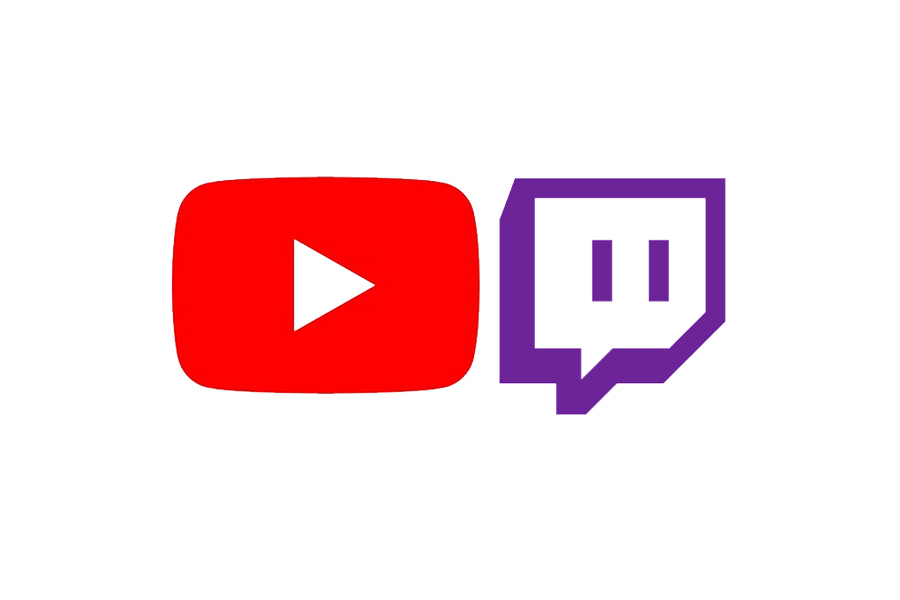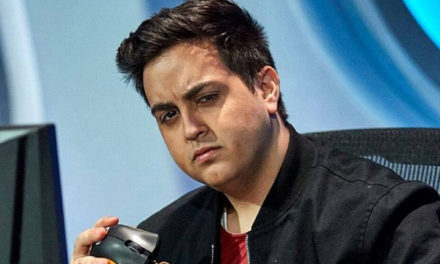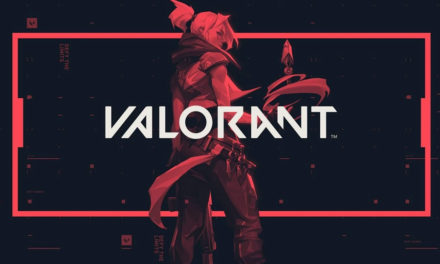When it comes to choosing a platform to post on, streamers have a lot of options, and both YouTube and Twitch have advantages and disadvantages for creators.
Streaming is both a viable career and a popular pastime. For gamers all over the world, live streaming as they play popular games is a fantastic way to build a community and potentially make money. Streamers have a few options when it comes to choosing a platform for their content as the popularity of streaming continues to grow.
Twitch and YouTube are the two most popular platforms for streamers, though they are not the only ones. Both websites have their own set of advantages and disadvantages, and some streamers will use both or alternate between them.
The site to which a streamer chooses to post the majority of his or her content is largely determined by personal preferences and streaming style.
Twitch is a streaming-only platform owned by Amazon. That means the only content available is livestreams from the last few days or weeks, rather than pre-recorded videos. While any type of content can be streamed, the vast majority of Twitch content creators are video game streamers, leading to Twitch’s reputation as a platform primarily dedicated to video games. As a result, because the built-in community is large and like-minded, it may be easier for streamers to grow an audience on Twitch when playing games.
Many of the world’s most well-known streamers, including Ninja, Pokimane, shroud, and others, have proven that massive success on Twitch is possible.
Twitch’s monetization threshold is significantly lower than YouTube’s. A streamer must have a minimum of 50 followers, an average of three viewers per stream, and a total of 500 minutes streamed over a seven-day period to become a Twitch affiliate. Twitch also provides streamers with more revenue options, such as bit donations, monetary donations, subscriptions, merchandise, and advertisements. However, because Twitch’s algorithm doesn’t favor new or lesser-known streamers, creators can monetize their content sooner, but making a significant profit will likely take a lot of effort.
YouTube, which is owned by Google and is much older than Twitch, has only recently added streaming capabilities. While the platform now supports streams, pre-recorded videos remain the platform’s primary source of content. In general, YouTube is a better platform for long-lasting content because streams are available indefinitely.
If a creator streams Pokemon Legends: Arceus on Tuesday morning, the video will still be available on Friday afternoon, and the creator will continue to receive views after the stream has ended. While YouTube is a newcomer to the world of video game streaming, many well-known creators such as Dream, Valkyrae, Dr DisRespect, and others have millions of views on their YouTube channels.
The requirements for making money on YouTube streams are far more stringent than those for Twitch. To monetize a channel on the platform, content creators must have 1,000 subscribers and 4,000 hours of watch time. There are fewer monetization options as well, with only advertisements, paid memberships, and Super Chat donations available. YouTube advertisements pay more per view than Twitch advertisements, but YouTube takes a larger cut of the profits than Twitch, making the two businesses profitable in a similar way.
When it comes to streamers, Twitch and YouTube provide similar experiences. It all comes down to priorities for a streamer when deciding which platform to work on.
While Twitch allows for faster monetization, it is more difficult to build a Twitch audience. Despite the fact that YouTube requires more, the algorithm favors smaller creators. Twitch and YouTube are valuable for different reasons depending on what a creator wants to stream, how often they want to post, the length of videos they want to make, and their community preferences.







